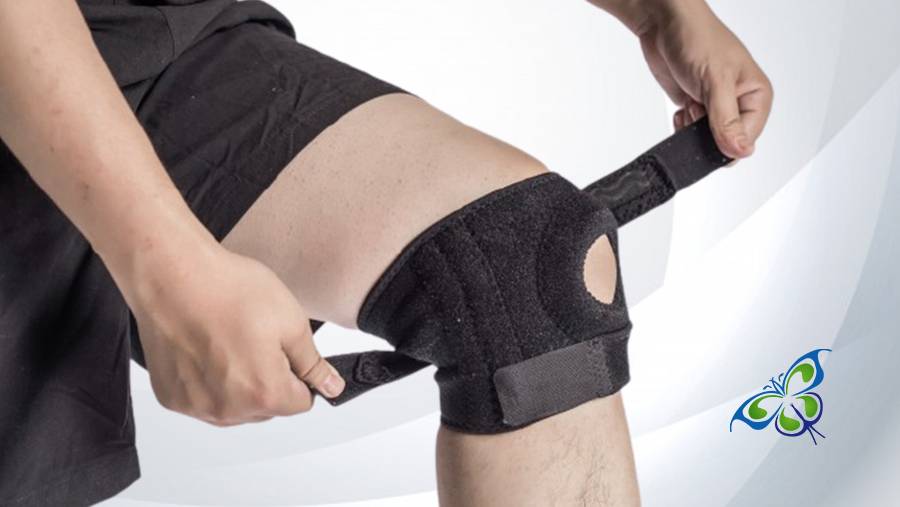
Hello
Select Address

Braces are a boon for people with knee injuries and age-induced problems. It is often used by sportsmen as a preventive measure to avoid unprecedented injuries during running, weightlifting, etc.
Let us walk you through the possible reasons that might cause you to use a knee brace –
Patients with osteoarthritis – Aged individuals with a condition known as osteoarthritis often use a knee brace. Osteoarthritis affects bone joints and the damage causes a misalignment in the knee structure that makes the patient look knock-kneed or bowlegged. The use of knee braces takes the pressure off the knees and provides a temporary pain relief
Osteoarthritis patients feel that their knee/(s) might buckle when they stand up or walk around. A knee brace provides more support and confidence to alleviate the individual out of this condition.
While you are exercising – Warm-up exercises like squats and running up and down the steps are best done with a knee brace. Walking for long-distances (as prescribed by your physician) also sometimes requires the use of knee braces.
Sports – Weightlifters, athletes, cricketers, footballers, and such other sportsmen who need to undergo rigorous knee movements, often use a knee brace.
For many reasons, knee braces are not preferred by some individuals. There are some mild risks associated with the regular and incessant use of knee braces.
Research holds that over the years there has been a mixed reaction in response to this issue. While some admit to lesser pain and discomfort and increased functionality of the knees after wearing braces, some complaint of not having experienced any significant changes! Moreover, many out there could not even continue wearing a knee brace due to the discomfort felt in their legs.
Well, discomforts can be dealt with if you have been prescribed the right kind of brace. On this note, let us have a glimpse of the different types of knee braces. Knee braces are primarily of 4 types:
Rehabilitative – Surgeries and/or injuries are followed by a prolonged recovery period. Knee braces are mostly prescribed during this period (of course if the injury involves your knees, calves, thighs, and parts of the surrounding area). They serve to limit movements in such cases.
Functional – some knee treatments necessarily require the use of knee braces. Such braces are referred to as the ‘functional’ ones as they actively take part in the healing up of the knee trauma.
Prophylactic – The term prophylaxis medically refers to the precautionary treatment that is administered to prevent the attack of a known disease. Prophylactic braces, therefore, are the ones favored by athletes.
Unloader or Offloader – These braces are specially prescribed to those who are suffering from pain and inflammation due to arthritis in their knees. Wondering why it's named 'offloader'? This is because they take the body's load off your knees to reduce the swelling and aching!
Knee braces are often praised by veteran athletes rather than the younger ones. This is because, with years of running, playing, and exercising, there has been enough grinding of the knee bones against the tendons leading to their wear and tear. Therefore, at the start of your gym days or daily exercising regime, you will hardly realize the importance of this product. Knee braces become an inevitable part of life for most aged people and experienced sportsmen as well.